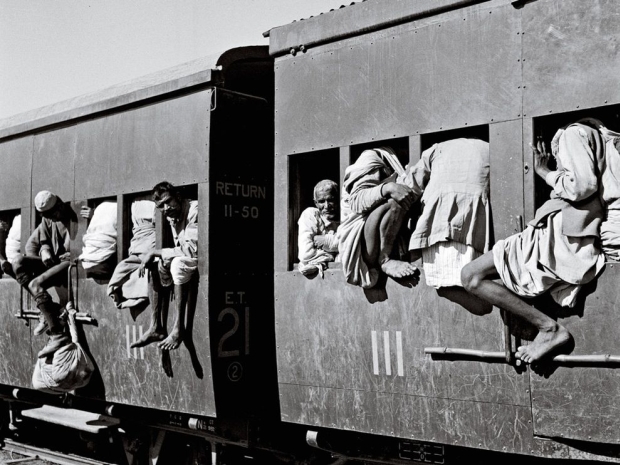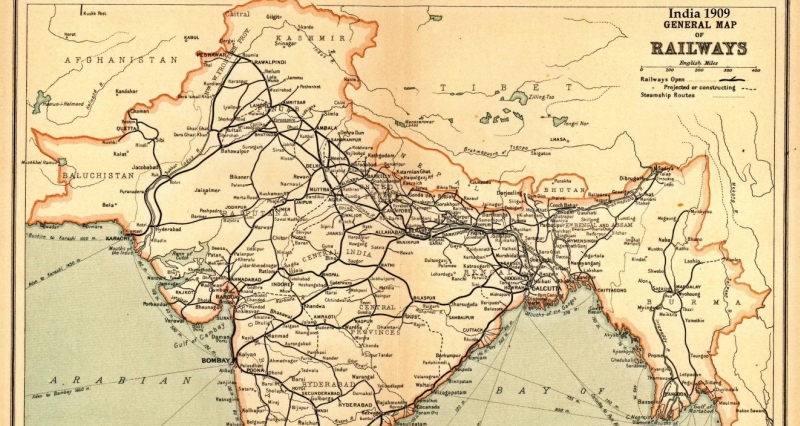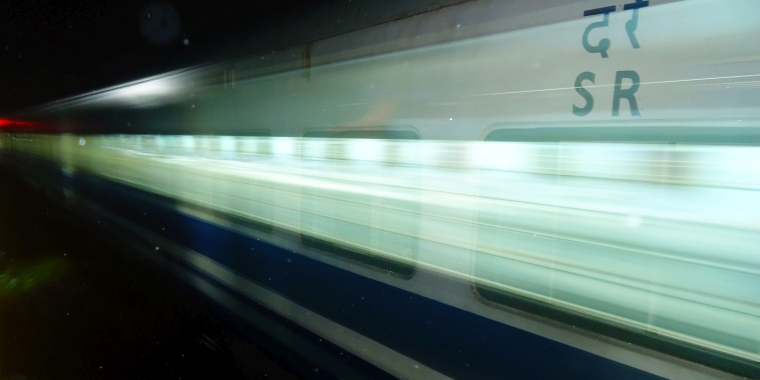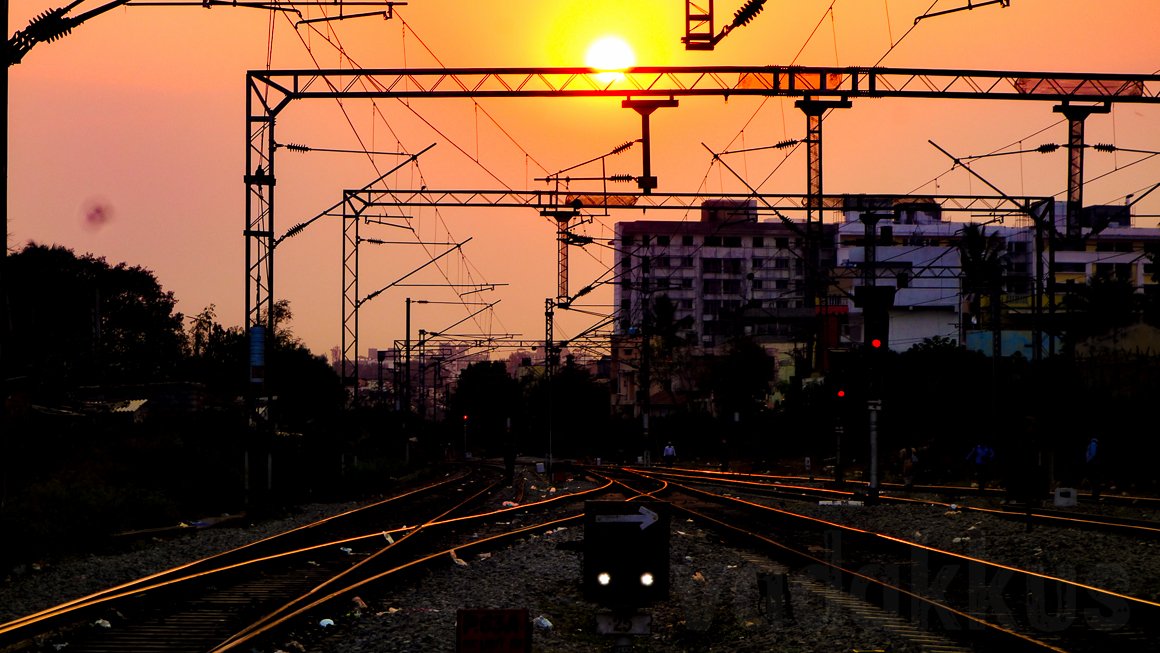Railways of the British Raj: Romance and Reality
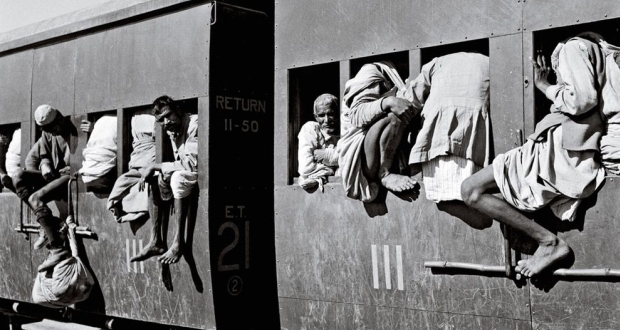
“History is written by the victor!” said Sir Winston Churchill, one of the greatest India-hating British statesmen ever. Much of Indian history was written by the British during the occupation and a large part of this is made up of tales which describe in excruciating detail the glamor and glitter of English life in India during the Raj while any detailed anecdotes describing the life and times of all the millions of forgotten everyday Indian people who lived during the British Raj is conspicuous by its absence. Did Churchill being the victor have anything to do with this blackout of the lives of the losers in Indian History? We will never know. But this blackout holds true even when it comes to the Railways during his era as well.
There are tons of British-written records about the history of the Indian Railways and on how they traveled in their plush First and Second class carriages but nothing on about how Indians traveled in Third and Fourth classes, save those written by Gandhiji. As we always do, we “solve” problems by closing our eyes and ignoring they are not there, and not by facing them head-on. Also, we try to connect to what is elite and glamorous, as that is where we want to be. Hence the endless depictions about how (in today’s words) awesome the trains of the Raj were, how romantic the journeys were and how the elite still pine for those days of History. But there were another set of people who lived at that time, ordinary Indians, our ancestors, who traveled in the Third and the Fourth classes of the trains, whose stories were and are largely forgotten by all those elite writers and historians who even today are obsessed with British-Raj romanticism. And those poor Indians were not in any position to write any accounts of their travels themselves anyway. Unfortunate is the fact that when you attain that snobbishness of wealth, you will only remember your snooty peers, forgetting those of the lesser being.
The Era of the British Raj Railways and Travel.
It was an era of gentlemen in top hats and coat tails and pretty ladies in gowns and parasols living up life with hoardes of servants and other associated entourage. An era of polished brass and varnished wood, of ridiculous Victorian etiquette and language. Of horrible elitism, pomp, show and glitter. And racism. And the English made sure that the trains in India provided them with the most advanced creature comforts they had at home back in the Kingdom. And since it was India, they wouldn’t even be bothered by pesky restricting factors such as human rights and equality under law that were in force in England. And they did build a vast empire through the railways. And at the height of their power, the mainstay of the empire was the the Railways, and they did travel in style…
The train would arrive majestically and in awe-inspiring grandeur, the locomotive chugging hot, hissing, spewing smoke and stream, the shrill whistle cutting through the air, the pistons driving long rods back and forth turning its enormous wheels leading it forward along the rails, almost making it a living creature. As the train hisses to a stop, the coach attendant would open the door for the most revered passengers. The servants scramble to collect the pile of luggage to haul on board the train while the the gora sahib and gora mem board their First Class compartment. It is resplendent in style with brass fittings, polished wood, fresh linen, wallpapers, carpeting, padded cushioning, wooden wall paneling, clean quarters, showers, toilet, wash basins, the works.
The gentleman sits down on an overstuffed chair and grandly lights a cigar, while the coach attendant asks: “Everything in order sir?” “Everything’s quite in order indeed, my dear James. Do bring my Whiskey, will you?” the sahib responds through his stiff upper lip.
Meanwhile on the platform, passengers disembark from the train and make their way towards the “European Refreshment Room” in the station for dinner. Yes, that “dinner time” was included in the timetable. The restaurants would be manned by Indians in smart uniforms speaking impeccable English, supervised by an Englishman, of course. Highest levels of everything would be maintained here. And of course, the “natives” were kept at bay.
“Oh! what is that terrible commotion out there?”
“Ah, it is the constable chap and his mates tying to get the native blokes down from the roof of the train. A regular occurrence, I am afraid. My apologies if it has brought sorrow to your delicate sensitivities, m’lady…”
No wonder the Indians were so overwhelmed by all this. You can read these accounts here on more detailed explanation about the Railways-travel of the Raj, all by British authors, and this one here, where an elite Indian pines for the bygone golden days. The trains of the British Raj promised “romance and adventure” to the passengers. Yeah adventure it was, sure, only more like Disneyland.
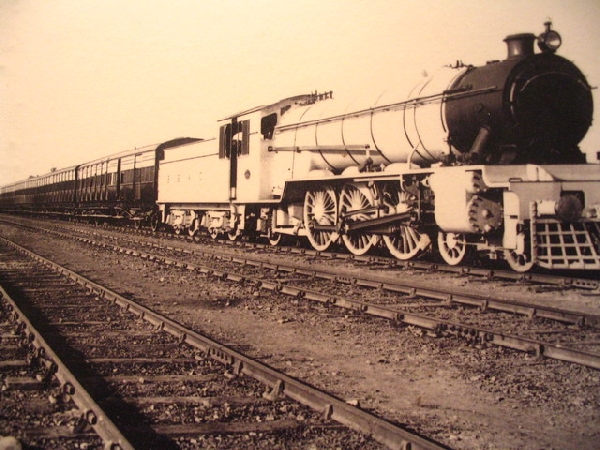
The Reality of Those Overly Romanticized British Raj Trains
However glamorous, romantic and nostalgic they might have been, Railways in the British-Era thrived on appearance, show, snobbery and horrible elitism. Well, this is nothing much different from what we have now, but the difference is that this was probably the rule back then. The Railways were created to serve the British and their needs and to make their life easier for them. Officials of the Raj who were entrusted with governing the country obviously would have been grumbling about it, given the extremities this country presented them with. Right from the scorching heat, dust, cold, rains, language, culture, terrain and geography, unavailability of creature comforts and so on, India was a world far apart from industrial England, the most developed country of the time. Hence, the first task of all the institutions set up in India by the British, including the Railways was to make the lives of the British people comfortable. All stops were pulled out to provide the best creature comforts to high class passengers. Of course, it is unimaginable that the “aam aadmi” Indian could be allowed to travel in higher classes, lest should the delicate sensitivities of the Sahib or Madam be offended. Indians were destined to rot in the lower class compartments which lacked even bare necessities. This formed the foundation on which the History of the Indian Railways was written. Maybe, seeing how easily the British of those days could get offended is why we also get offended for anything and everything today. Or maybe that stems from our inferiority complex that we developed over the centuries of foreign rule. Anyway that is a topic for another day.
The British legacy of romancing the trains rubbed on to elite Indians of the day and was promptly handed down the hierarchy. Some elites of even today dream about those “wonder years”, not realizing or conveniently forgetting that their ancestors might have been among the ones who were hanging precariously to the roofs of trains, black with soot emanating from the locomotive or crammed together in airless, light less, sooty and filthy Third (or even Fourth) Class compartments. People are still stuck on how “neat”, “clean” and on-time trains were those days, how the service was “excellent, by Jove“, and how romantic it might have been waking up on a plush bed in a well-appointed First Class cabin, early at dawn while it was still cold, listening to the chugging of the locomotive, looking out of the window to see the Taj Mahal as the first rays of the sun cut through through the mist… “Ah! That is the material out of which solemn dreams are made up of, impeccably, my dear Edward!” Conveniently, they forget that the vast majority of people on the train were traveling in compartments that had never even seen water and full of dust, dirt, spit, smoke and excreta. The British couldn’t have cared less for sub-human conditions in cattle class
Do you think today’s general Second Compartments are too “yucky” for your sensitive aesthetic sensibilities? Then you are no better than the pompous English of those days, my dear. And compared to the Third Class of those days, today’s General 2nd passengers are literally wallowing in luxury. Don’t believe it? Then, you should read this. Some excerpts:
“At one place an important railway servant swore at a protestant, threatened to strike him and locked the door over the passengers whom he had with difficulty squeezed in. To this compartment there was a closet falsely so called. It was designed as a European closet but could hardly be used as such. There was a pipe in it but no water, and I say without fear of challenge that it was pestilentially dirty.”
“The compartment itself was evil looking. Dirt was lying thick upon the wood work and I do not know that it had ever seen soap or water.”
“…every time you walked on the floor or rather cut your way through the passengers seated on the floor, you waded through dirt.”
And so on. All this while people were salivating about clean linen, ice-cooled cabins and glamour at the other end of the train. All said and done, no one cared about the common Indian and how he traveled, if he lived or died. All this “Romance” nonsense was perpetuated by people with vested interests to propagate the greatness of the British Empire at home and abroad. As the reigning World Superpower, it was obliged to do so, I guess. But while Indian elite and the British were busy romancing the trains, ordinary Indians didn’t give a damn because they were too busy trying to stay alive.
Photo Courtesy: National Geographic
Who Built up the Railways?
Of course, the English did. They spent the money, they made the decisions, they did the engineering, they planned the routes, they supplied the raw materials, they created the tools, they trained laborers and so on. But, who did the actual building on the ground? Our ancestors. To create a railway track, the ground has to be flat. If there is an incline, it has to be gradual. Earth will have to be cut down in some areas while it has to be brought up in others to lay the track level. The track has to be cut through the terrain, no matter how uneven and diverse it might be. It might be soil, sand, mud, rock, stone, jungle, swamp, vegetation or whatever. In these days of Dynamite, earth movers, huge dump trucks and other assorted heavy construction equipment, this might not seem like much of a challenge, but we are talking long before any of these came in into existence. In those days, all this was cut out and built using bare hands. Manually, using pickaxes and shovels, baskets and buckets. Another facts that British-Romanticists conveniently forget.
And they laid almost 1000 km of line a year, 3 km of line in a day. Tunnels were cut out by hand, rocks were broken up and Earth was carried on head for kilometers…Imagine how they must have built the tracks across the scorching plains, mountain ranges and swampy forests. Imagine how they would have worked, braving the incredible heat and cold, without any substantial nourishment, tools or safety measures. There are absolutely NO records of the workers who built our railways, who they were, where they were hired from, how many died and what became of their families, people picked up from somewhere by the builders as disposable labor. In all probability, most of the poor people who live adjacent to Railway tracks in small settlements must be ancestors of the original railway builders… Yes, it is our blood and sweat that built up the railways. The next time you travel on a train, look outside an imagine how it must have been to build all that, with bare hands.
History, Heritage, Pride and Romance… Even Today!
There are two sides to every coin. Indian Railways, as an organization has a lot behind it, in terms of history, the sweat and toil of its many men and women, Indian and English. That is what makes is great, that is its heritage, and not of some pompous Englishmen traveling in a ridiculously luxurious First Class compartment. Neither is it about brass fittings or polished wood. The legacy that was started by occupying colonial forces was reinvented by the occupie, and has developed into what we see today. There is still a lot to go forward, but there is always time. If there is anything people miss more than First Class romance, it is the romance of the “real old India”, which has got nothing to do with the British. The times of quaint old “small” trains which would chug along leisurely at their own pace, where no one was in a hurry and everyone stopped to smell the roses… That is real romance. And it still survives in many parts of the country. No, I am not talking just about the Nilgiri Mountain Railway or the Darjeeling toy train, but forgotten ones like the one shown below. The little NG train consisting of little coaches of many colors and a curious loco with a whistle, which makes it rounds along the plains in no hurry. The rustic old-worldness and delightful sounds takes you back to another age, no? Sadly, this too will disappear in time, slowly relegated to history by the wheels of progress.
But I tell you, the romance of the train journey is still present, more full in force than it ever was during the British times. Just pick a route, train and class of your fancy, stop cribbing and embark on a journey with an open mind. You will see. Don’t believe “Romance” can be complete only if it is associated with luxury! That is snobbery, elitism and closing one’s eyes to reality.
And be grateful you are alive today. Because, you would have never had experienced a “romantic” train journey if you were born during the British Raj.

